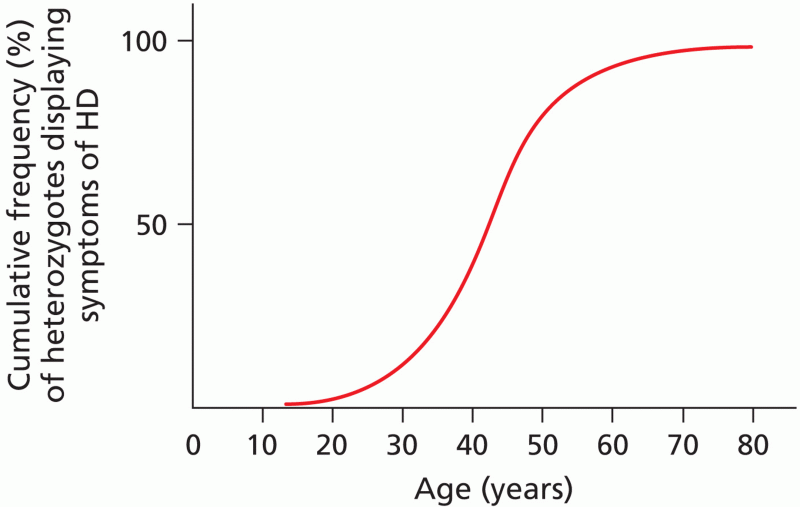|
|
|
Of the estimated 2 million heroin users in the United States, 600,000–800,000 are considered hardcore addicts. Heroin addiction is considered to be one of the hardest addictions to recover from.
Amphetamine poisoning can cause intravascular coagulation, circulatory collapse, rhabdomyolysis, ischemic colitis, acute psychosis, hyperthermia, respiratory distress syndrome, and pericarditis.
In the United States, congenital cytomegalovirus causes one child to become disabled almost every hour. CMV is the leading preventable viral cause of development disability in newborns. These disabilities include hearing or vision loss, and cerebral palsy.
It is believed that humans initially contracted crabs from gorillas about 3 million years ago from either sleeping in gorilla nests or eating the apes.
You should not take more than 1,000 mg of vitamin E per day. Doses above this amount increase the risk of bleeding problems that can lead to a stroke.
 Relationship between the number of CAG repeats in a gene and the age of onset of Huntington disease.
Relationship between the number of CAG repeats in a gene and the age of onset of Huntington disease.
 Jane Goodall pioneered the modern approach to studying primates in the wild, involving close-up obse
Jane Goodall pioneered the modern approach to studying primates in the wild, involving close-up obse
 This advertisement from about 1885 represents an early stage of capitalism when individuals were ...
This advertisement from about 1885 represents an early stage of capitalism when individuals were ...




